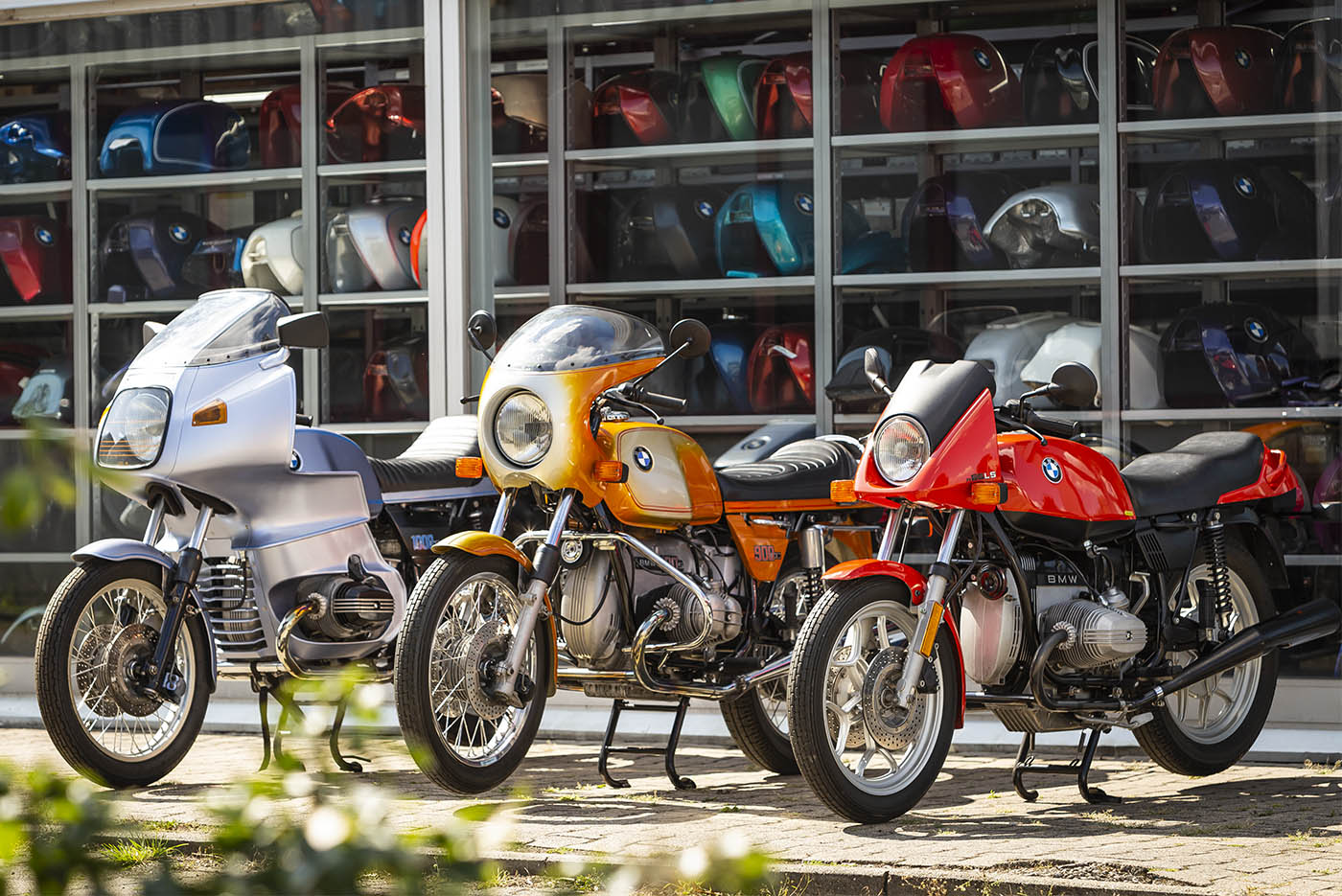Mastering Motorcycle Gears: How to Enhance Your Riding Experience
In the world of motorcycling, mastering the art of equipment manipulation is vital for boosting your riding efficiency. Effectively utilizing and comprehending motorcycle gears can substantially affect velocity, gas, and control efficiency, changing a typical ride into a smooth, exciting trip. By including exact change timing and adjusting equipment option to various road problems, bikers can ensure optimum engine performance and safety. The subtleties of clutch control, throttle control, and gear technicians beckon a much deeper exploration, promising to open the full potential of your equipment. Exactly how can these methods be taken advantage of to absolutely enhance your riding experience?
Recognizing Equipment Mechanics
Just how do the intricacies of equipment auto mechanics influence motorbike performance? At the core of bike dynamics, equipment auto mechanics play an essential role in transforming engine power right into activity, inevitably dictating rate and control. Gears, diligently crafted components, allow bikers to optimize torque and rate, making sure a seamless change via different terrains and rates. The equipment ratios, thoroughly created, identify the relationship in between engine revolutions and wheel turns, affecting velocity and gas efficiency.
Understanding gear auto mechanics starts with identifying the importance of the gearbox, which houses several equipments of differing dimensions. These gears interact with a process referred to as meshing, where teeth of various gears engage to transfer power. The accuracy of this interaction is crucial; any misalignment or damages can lead to ineffective power transfer, impeding efficiency. Furthermore, the arrangement and dimension of gears affect the motorcycle's capability to take care of different lots and rates.
Furthermore, the idea of gear changing is essential to taking full advantage of performance. Prompt and smooth changes make sure that the engine operates within its optimal power band, stopping unnecessary strain and improving longevity (motocross gear nz). By comprehending these mechanical intricacies, cyclists can attain a harmonious blend of power, efficiency, and control, raising their riding experience
Timing Your Changes
Shift timing proficiency is important for optimizing motorcycle efficiency and boosting the riding experience. Appropriately timed shifts make sure that the engine runs within its ideal power band, which is important for keeping control, achieving smooth acceleration, and guaranteeing the durability of the bike. Cyclists should establish an instinctive feeling of when to shift equipments, which involves understanding the partnership between engine revolutions per minute (RPM) and rate.
To master change timing, pay close focus to the engine's noise and feel, as these provide vital ideas about when to transform equipments. The suitable shift factor typically occurs when the engine approaches the top variety of its power band without getting to the redline. Changing prematurely can bring about an absence of power, while shifting as well late may cause unnecessary engine strain
In addition, roadway conditions and riding style impact shift timing. In metropolitan setups, smoother and more frequent shifts may be required to browse web traffic efficiently. On the other hand, during freeway riding, fewer shifts at greater speeds can be better suited. Practicing in diverse environments will certainly enhance your capacity to time changes exactly, eventually elevating your riding experience to an expert level.
Enhancing Fuel Effectiveness
While understanding motorbike equipments is vital for performance, improving gas effectiveness is just as important for both economic and ecological factors. Optimal gas usage not just reduces operational prices but also lessens the environmental footprint of riding. To accomplish this, one must understand the elaborate partnership between equipment option and engine efficiency.
Firstly, choosing the right gear at ideal rates can significantly influence fuel usage. Riding in a higher gear at lower rates can result in engine lugging, which is destructive to both gas economic climate and engine health. On the other hand, riding in lower equipments at high speeds leads to unnecessary gas usage. Thus, maintaining an ideal equilibrium by shifting equipments in positioning with road conditions and prepared for maneuvers is crucial.
Furthermore, regular upkeep plays a crucial role in gas performance. Guaranteeing that the motorcycle is well-tuned, with clean air filters and correctly blew up tires, can lower and improve aerodynamics fuel waste. Additionally, adopting a riding design that embraces gradual acceleration and smooth deceleration can add to better fuel economic situation.

Strategies for Smooth Transitions
Accomplishing smooth gear transitions is fundamental to improving the riding experience and ensuring the long life of a bike's transmission system. Correct equipment shifting not just adds to a seamless experience but additionally lessens damage on the mechanical parts. To master the art of smooth transitions, riders must focus on a couple of essential techniques.

Second of all, clutch control plays an essential duty. Engaging and disengaging the clutch smoothly requires method. The clutch lever ought to be released slowly, enabling a smooth transfer of power from the engine to the wheels without causing a shock or abrupt motion.

Adjusting to Road Conditions
Browsing diverse roadway conditions is a critical skill for any type of motorcyclist intending to keep control and safety and security. Whether you're riding on wet surfaces, gravel roads, or navigating sharp turns, your ability to adjust your equipment use and riding method is paramount. Understanding just how to readjust your equipments appropriately can substantially affect grip and stability, making certain a more secure trip.
In contrast, when riding on gravel or irregular surface, lower gears are preferable. Reduced gears give much better control and permit you to react even more promptly to unforeseen adjustments in the roadway surface.
Sharp contours demand precise equipment monitoring to balance rate and control. Downshifting before getting in a curve can help maintain energy while guaranteeing the bike remains mx parts nz secure throughout the turn. Regular technique in varied conditions boosts your ability to forecast and respond to adjustments in road appearance and incline.
Final Thought
Mastering motorcycle gears significantly boosts the riding experience by improving acceleration, gas, and control efficiency. Adapting equipment option to different road problems, such as making use of greater gears on wet surfaces and reduced equipments on gravel, further enhances handling and safety and security.
Recognizing equipment auto mechanics begins with identifying the value of the transmission, which houses several gears of differing sizes. These gears connect with a process known as meshing, where teeth of various gears involve to send power (mx parts nz). Gentle changes to the throttle during equipment shifts can prevent jerky activities and preserve a consistent riding rate
Whether you're riding on wet surface areas, gravel roadways, or browsing sharp turns, your ability to adjust your gear use and riding technique is extremely important. Adjusting gear choice to various roadway conditions, such as utilizing higher equipments on wet surface areas and lower equipments on crushed rock, additional boosts handling and security.
Comments on “Essential Motorcycle Parts NZ for Peak Performance and Safety”